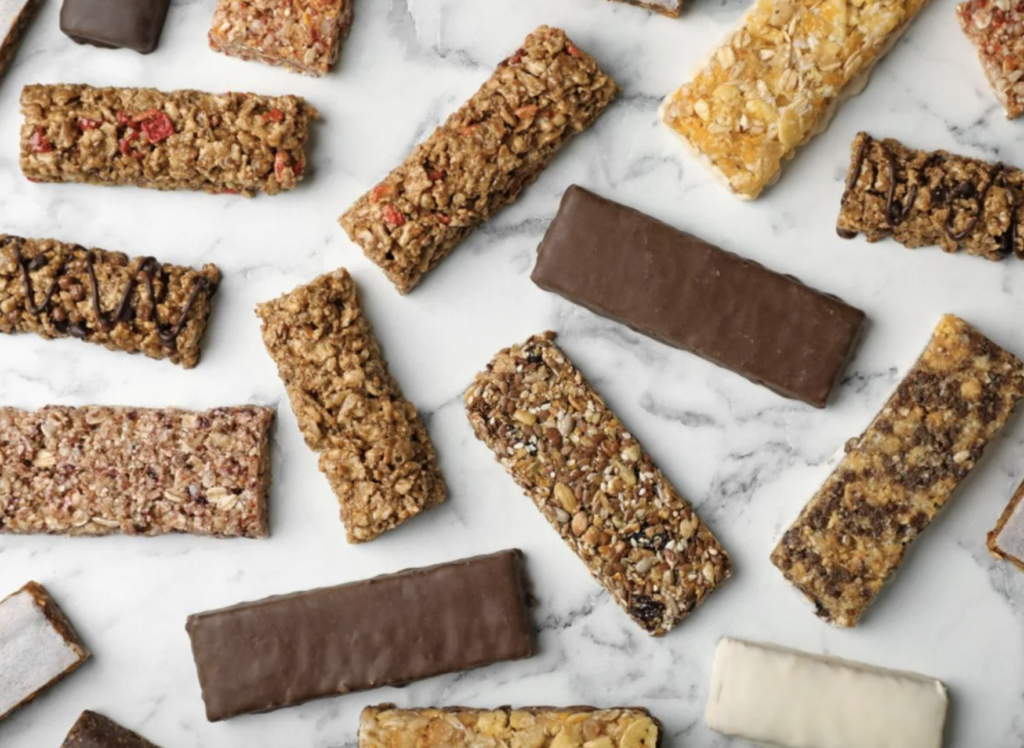A quick Google search of “healthy foods” will instantly show a wide range of opinions, diets, and influencer endorsements of the latest health product or diet you should try. With that comes a lot of misinformation about proper nutrition and what’s good for us. An intention to follow healthy meal plans to eat healthy is the best place to start when it comes to building sustainable new habits. Unfortunately, there are many not-so-healthy foods and snacks disguised as healthier options that people tend to fill up on. Today, we are taking a deep dive into those unhealthy “healthy” foods and what to eat instead.
Protein Bars
There are so many protein bar options available in the grocery store, but most bars contain several types of sugars and other additives as well as artificial flavors, colors, and vegetable oils. Additionally, most of these bars will not keep you feeling full the way a meal filled with whole foods will. This actively adds excess fructose to your diet and can increase your risk of fatty liver, obesity, and diabetes when consumed in high amounts.

Energy Drinks
Energy drinks are typically promoted as health products that increase energy, mental alertness, and physical performance and have high amounts of added multivitamins or antioxidants. However, many of these drinks have several concerning red flags, including high amounts of caffeine and added sugar. Large amounts of caffeine and sugar in combination can cause serious heart problems such as increased blood pressure and heart rate. Even more so, many of these energy drinks are associated with increasing anxiety, sleeping problems, digestive issues, and dehydration. If you are always feeling like you need that second cup of coffee or rely on energy drinks to be productive, we recommend establishing a healthy sleep schedule and slowly starting to decrease the amount of caffeine you are drinking overall.


Store-Bought Veggie and Fruit Smoothies
Most pre-made juices and smoothies you find in the store are packed with sugar. When you drink sugar, the glucose is absorbed and digested much more quickly than when you eat food with sugar, meaning you get an even larger blood sugar spike. Inevitably, this leads to an energy crash later in the day. When you’re buying a packaged juice or smoothie, look for one without added sugar to keep the sugar low. Better yet – you can make your smoothie or juice at home and control the amount of sugar in your drinks.

Granola & Veggie Chips
Not all granola is created equal! Depending on the brand and the total amount of granola you are eating, you may be getting more sugar and extra calories than you intended. Take a look at the ingredient list of your granola and watch out for extra ingredients like chocolates, processed vegetable oils, and syrups. Veggie chips can be quite deceiving at first glance! Many of these brands are not filled with vegetables and are still very similar to a regular potato chip. They also typically contain vegetable oils and are packed with sodium. Instead of grabbing a bag of veggie chips, you’re better off snacking on raw vegetables or eating a dehydrated vegetable snack.
